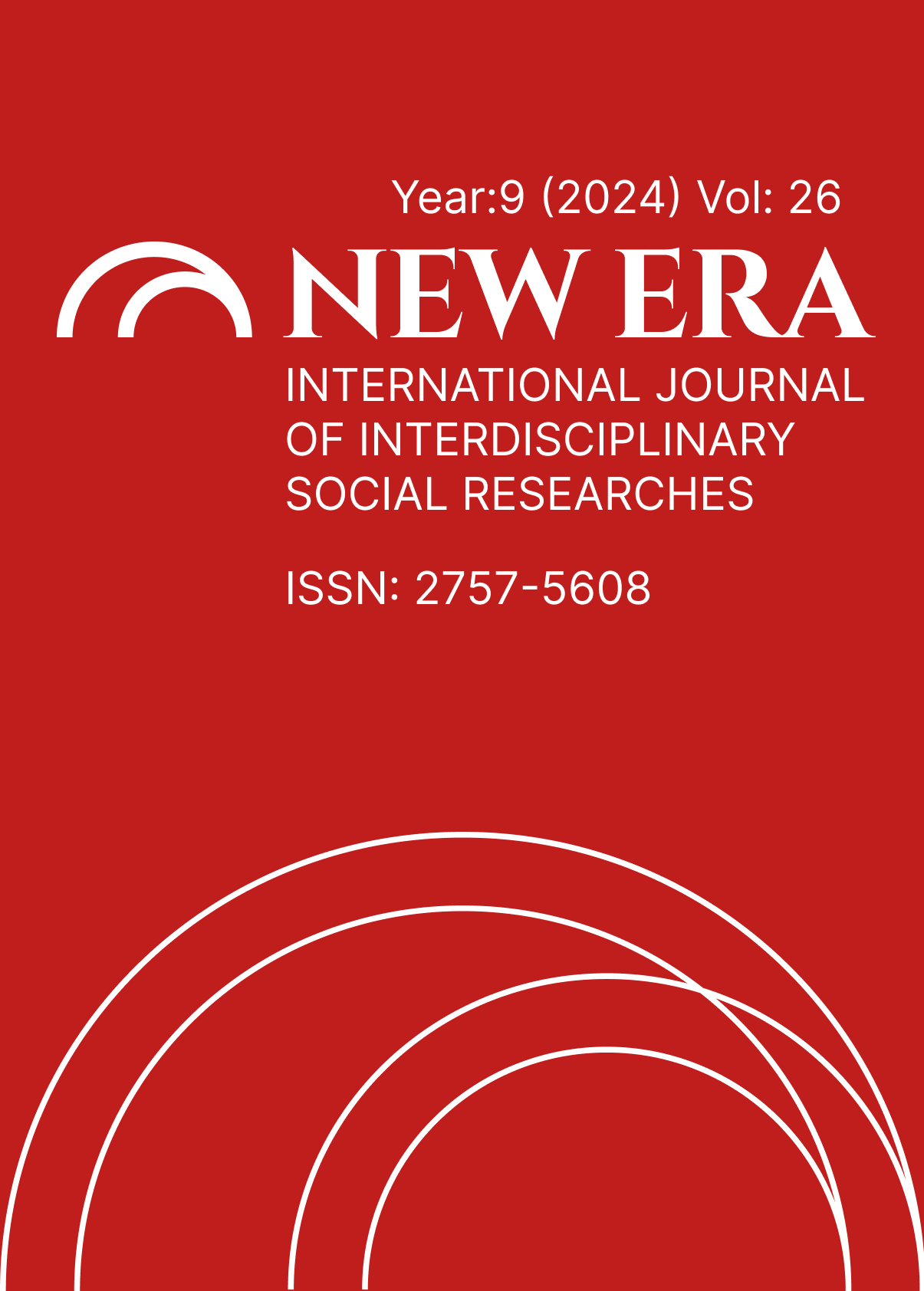EXAMINATION OF FICTIONAL PLACES ON THE MYTHOLOGY-SPACE AXIS: GODS OF EGYPT MOVIE ANALYSIS
DOI:
https://doi.org/10.5281/zenodo.14552436Abstract
Cinema and architecture are in a mutual relationship. Through space, cinema reaches a backdrop to tell its story, its narrative power becomes stronger, it completes the gaps in its story and describes its characters. In architecture, it produces new forms physically and digitally, nourished by cinema. There is a similar bond between mythology and space as there is between cinema and space. Places enable the concretization of mythological stories, while mythology creates new spaces, shapes existing spaces and positions them in a hierarchical order. When the sociopolitical structure of mythology is evaluated, the place also has certain duties in ensuring social order and positioning the ruler and the clergy. Fictional spaces are places that cannot be physically experienced in the current period. In this context, the places of mythology are fictional places. Ancient Egyptian architecture is one of the cornerstones of world architecture in terms of form, shape and aesthetics. It has a unique style with its architectural structures such as pyramids, sphinxes, temples, obelisks, stylization of plants belonging to the flora of the region, artistic objects such as wall paintings, decorative decorations made with hieroglyphs, and sculptures in mythical forms. The movie ‘‘Gods of Egypt’’, which covers both Egyptian mythology, which guides a rich cultural accumulation, and Egyptian architecture, which left its mark on the world's architectural history, was chosen as an example for this study. The Gods of Egypt movie, released in 2016, is a production that takes its story from Egyptian mythology and interprets Egyptian architecture. The purpose of this research is to try to explain the mythology-space relationship by examining the film's locations on the character level and mythology axis. The main outcome of the research is the necessity and desire to create such productions for Turkish mythology and to depict traditional Turkish architecture, characters and places of Turkish mythology.
References
Bayat, F. (2007). Mitolojiye giriş. Ötüken Neşriyat AŞ.
Canli, S. K., & Demirarslan, D. (2020). Çocuk oyun alanlarının tarihi gelişimi. Çocuk ve Gelişim Dergisi, 3(6), 60-75.
Çifçi, M. K. (2023). Antik Mısır’da Tanrı ve Ölüm Tasavvurları. Mütefekkir, 10(19), 235-255.
Çiftci, S. K., & Demirarslan, D. (2020). Cyberpunk Türü ve Örnek Filmlerin İç Mekân Analizi. Ibad Sosyal Bilimler Dergisi, 62-83.
Ersoy, E. (2010). Mimarlık Ve Sinema Etkileşimi Bağlamında Mekânsal İmge Kullanımıyla Durağan Mekânın Dinamik Mekâna Dönüşümü.
Kalay, T. (2017). İç Mekan Kurgusunda Mobilya’nin Yeri: Minimalist Yaklaşimlar. İleri Teknoloji Bilimleri Dergisi, 6(3), 133-144.
Kalay, T., Yalçın, Ç., Kavut, İ. E., & Özdoğlar, E. (2023). Oyun Masaları Ve Oyuncu Oturma Elemanlarının Tarihsel Gelişim Sürecinin İncelenmesi. Euroasıa Journal Of Socıal Scıences & Humanıtıes, 10(30), 55-71.
Kavut, İ. E., & Alici, N. (2021). 1920–1945 Akımlar Dönemi Kapsamında İç Mimarlıkta Form. Journal of Architectural Sciences and Applications, 6(2), 621-637.
Türkmen, A., & Kavut, İ. E. (2021). Steampunk Akımının Sinemada Mekân Temsiline Etkisinin “Ölümcül Makineler” Filmı Üzerinden İncelenmesi. Tasarım mimarlık ve mühendislik dergisi, 1(2), 71-87.
Özbay, F. (2015). Hippodamos Tarzındaki Kent Planı ve Klazomenai MÖ 4. Yüzyıl Yerleşiminin Bu Kent Planı İçindeki Yeri Hakkındaki Düşünceler. Seleucia, (5), 91-119.
Rumscheid, F., & Koenigs, W. (1998). Priene: a guide to the" Pompeii of Asia Minor". (No Title).
Downloads
Published
How to Cite
Issue
Section
License
Copyright (c) 2024 NEW ERA INTERNATIONAL JOURNAL OF INTERDISCIPLINARY SOCIAL RESEARCHES

This work is licensed under a Creative Commons Attribution-NonCommercial 4.0 International License.


